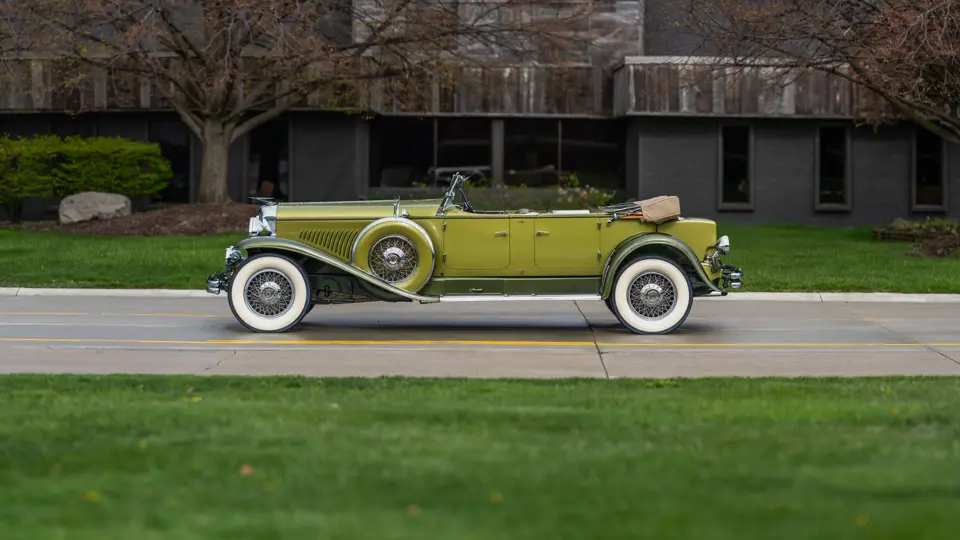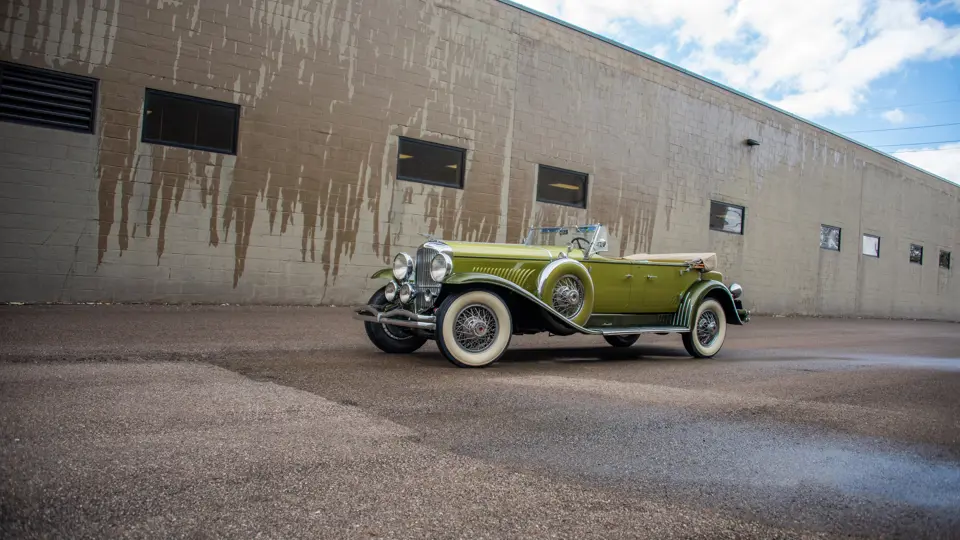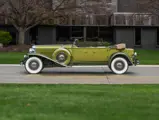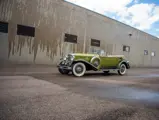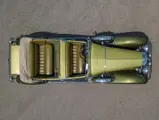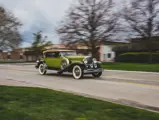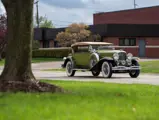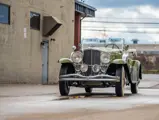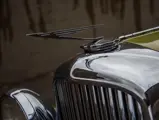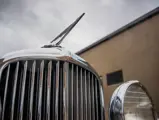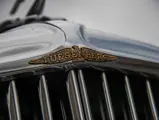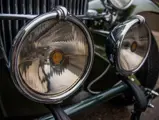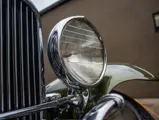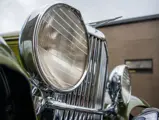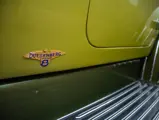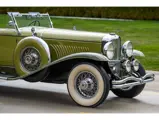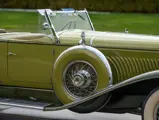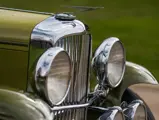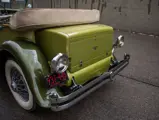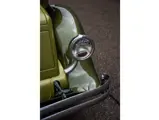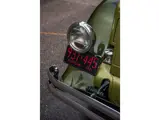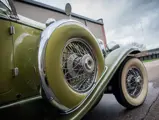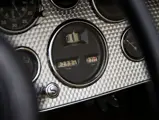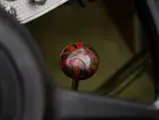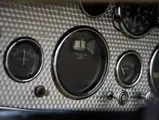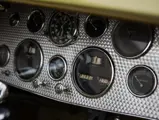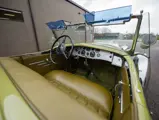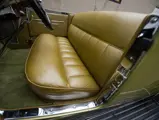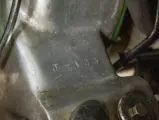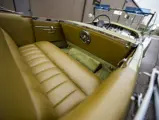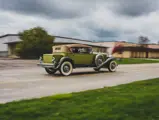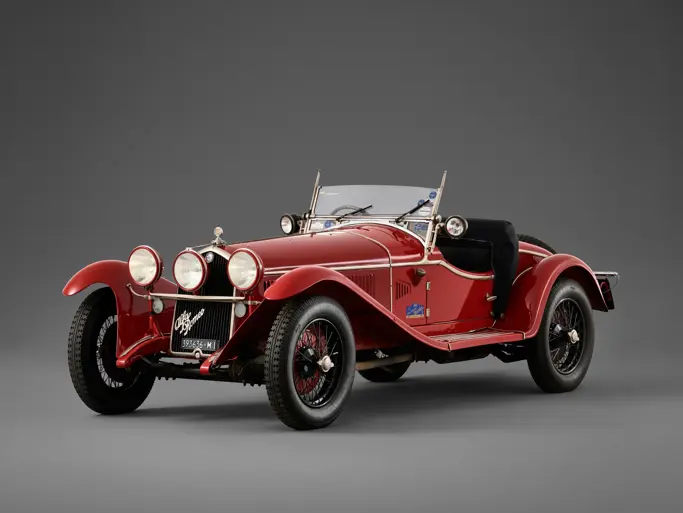
1931 Duesenberg Model J Tourster by Derham
{{lr.item.text}}
$1,710,000 USD | Sold
Offered From The Terence E. Adderley Collection
{{bidding.lot.reserveStatusFormatted}}
- Offered from the Terence E. Adderley Collection
- One of the eight original Derham Toursters
- Kept by only two families in the last 55 years
- Retains numbers-matching chassis, firewall, engine, and coachwork; wonderful purity throughout
- Auburn Cord Duesenberg (ACD) Club Certified Category 1 (D-141)
- A Classic Car Club of America (CCCA) Full Classic
THE LEGENDARY DERHAM TOURSTER
Duesenberg’s staff designer, Gordon M. Buehrig, created many spectacular bodies for the Model J, but he considered his favorite to be the rakish Tourster. In his 1972 autobiography, Rolling Sculpture, Buehrig described his design with characteristic understatement, as a five-passenger touring car that was “severely plain in ornamentation and [having] the unusual virtue of being equally handsome with the top in the raised position or when it is lowered.” The use of the long 153 ½-inch-wheelbase chassis allowed Buehrig to move the rear seat ahead of the rear axle and the foot wells within the frame rails, providing more interior room for passengers while allowing the top and beltline of the body to be lower than on other phaetons.
Buehrig’s talent for subtle touches of genius was also shown in the rear windshield, which he designed to solve the problem common to dual-cowl phaetons of the era: the “dual cowl” itself, which could be cumbersome to operate. His solution on the Tourster was a rear windshield articulated to slide up and down of the back of the front seat, with the turn of a crank handle, providing a dashing-looking windbreak that also stayed out of passengers’ way.
Eight original Toursters were built, all by the Derham Body Company of Rosemont, Pennsylvania.
DUESENBERG NUMBER J-423: A NEEDLE IN A HAYSTACK
One of the Philadelphia high society clientele to whom Derham catered was Butler Hallahan, original owner of the Tourster offered here, car number J-423. Hallahan was the freewheeling playboy son of Walter and Jennie Butler Hallahan, and inherited their respective shoe store and grocery store fortunes. A 1941 article in the Philadelphia Inquirer noted that he “for years maintained a pretentious apartment in New York, and commuted between there and Europe with a $17,000 automobile among his baggage in countless escapades from Manhattan to California.”
In 1939, with the outbreak of World War II, Hallahan apparently returned from one of those European sojourns to the United States, leaving his Duesenberg behind. Its beauty apparently ensured its survival, thanks to an anonymous benefactor who buried it under a haystack—and there it remained, hidden, until the end of the war.
An Italian military officer, noted in Pascucci’s comments in the car’s ACD Club Certification file as a Brigadier General Niblo, rescued the car at war’s end. It was then sold by American Captain R.W. Schreck in 1946 to the pioneering Milanese enthusiast, Dore Leto di Priolo, who quickly cosmetically refinished it and kept it for the next two decades.
In 1968, J-423 was acquired from di Priolo by Anthony D. “Tony” Pascucci of Meriden, Connecticut. Mr. Pascucci was ahead of his time as a collector of impressive Full Classics, including several important Model J Duesenbergs. He was particularly passionate about phaetons, which in this era were “the” Duesenbergs to own—and, of course, when the Tourster became available, it was natural that the Pascucci collection would come to own one, even if it had to be sought in Italy!
J-423 was brought by Mr. Pascucci to Ted Billing of Shrewsbury, Massachusetts, whose well-respected shop saw many a Duesenberg returned to its original condition. In 2013, Billing’s longtime friend Al San Clemente recalled the Tourster as being, upon arrival, “a solid, mostly original car, with poor paint and some incorrect pieces. The doors shut well, and the wood was original and in good shape. All the specialized Derham hardware was still there. I was impressed with the car’s presence, even with the amateur paint. I had bought my Murphy-bodied Model J from Tony and tried, in vain, to get him to sell me this car.”
No amount of money could move Mr. Pascucci, however, and Ted Billing soon set about returning the Tourster to its original glamour. The body was in excellent condition, including all of the original wood framework, none of which required replacement; indeed, the body has never been removed from the frame. Its outer panels were repainted a crisp, subtly metallic two-tone green, and the interior finished in complementary olive brown leather. The car was, as Mr. San Clemente noted, missing its original headlights, which were replaced with correct units from the vast Pascucci stash of Model J spares.
With the cosmetic restoration complete in 1975, Mr. Pascucci took final possession of J-423, moving it into his heated garage. He eventually transferred ownership of the car to his equally Duesenberg-mad son, Johnny, who continued to maintain it. It was very seldom driven and only occasionally shown to the public, including a few appearances at the Auburn Cord Duesenberg Club National Reunion in Auburn, Indiana—actually its first-ever appearance at a national show, in 1994—and at the Amelia Island Concours d’Elegance in 2010.
In early 2013, J-423 was finally passed from Pascucci hands after 45 years and two generations, when Terence E. Adderley acquired the car—one of the final missing pieces in his nearly complete collection of Buehrig designs on Duesenberg chassis. It has been preserved in the Adderley Collection since and remains in remarkably intact condition. The paint shows its age largely represented by cracks and minor chipping in a few locations, namely below the trunk and around the edges of the doors. The interior remains in very good condition aside from light creasing. Most significantly, the car continues to maintain all of its numbers-matching components: frame 2440; firewall 2440; engine J-423, including its matching-numbered crankshaft; and the Derham coachwork with its original body tag and stamping in the original wood.
All eight Derham Toursters have fortuitously survived, but two are now permanent museum holdings and the others remain in long-term collections. Thus, this may be the only opportunity in the near future to acquire one of the all-time classic Duesenberg designs, a Gordon Buehrig masterpiece—and one that retains all of the original features and abundant charm of its creation. It is an outstanding Model J, deserving of being kept by its next caretaker for another half-century, more or less!





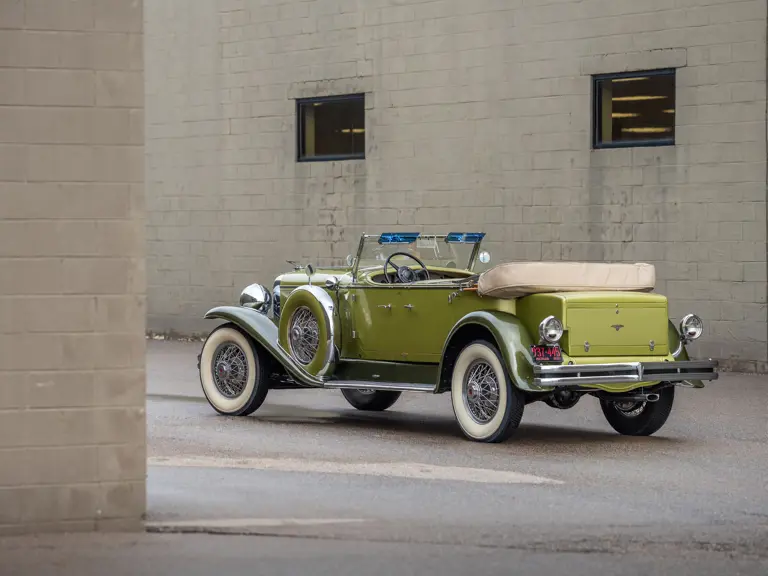
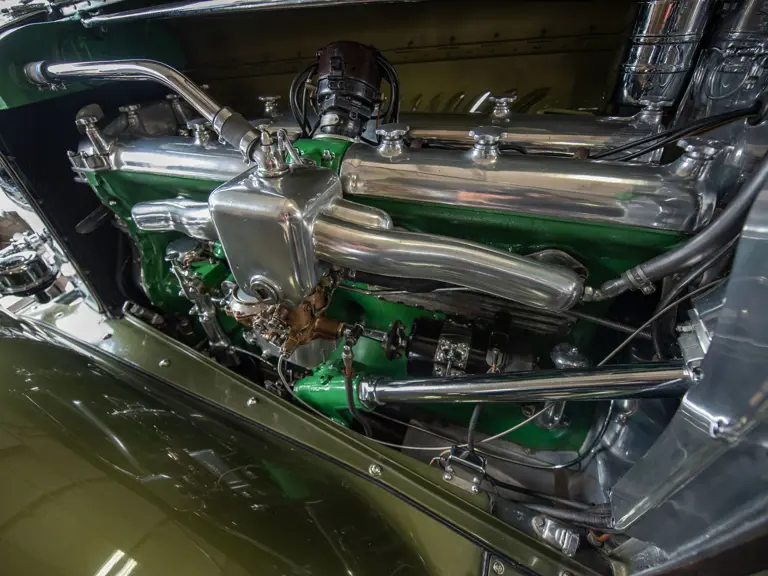

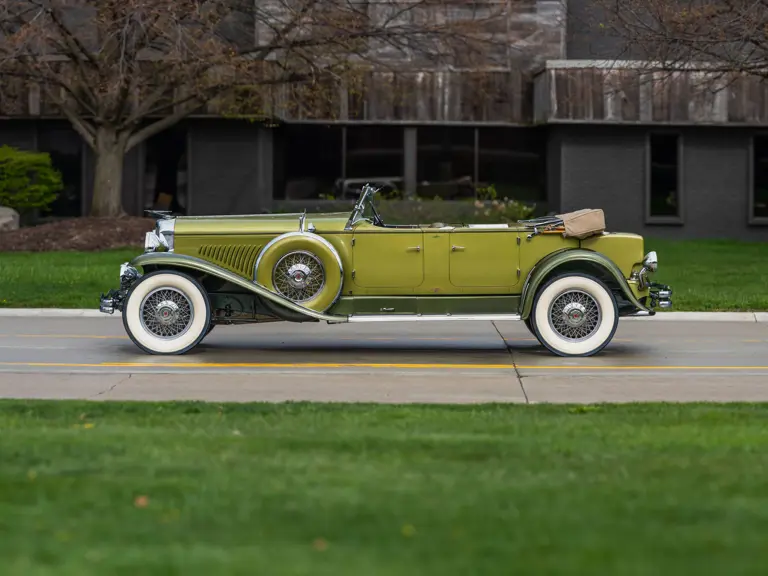
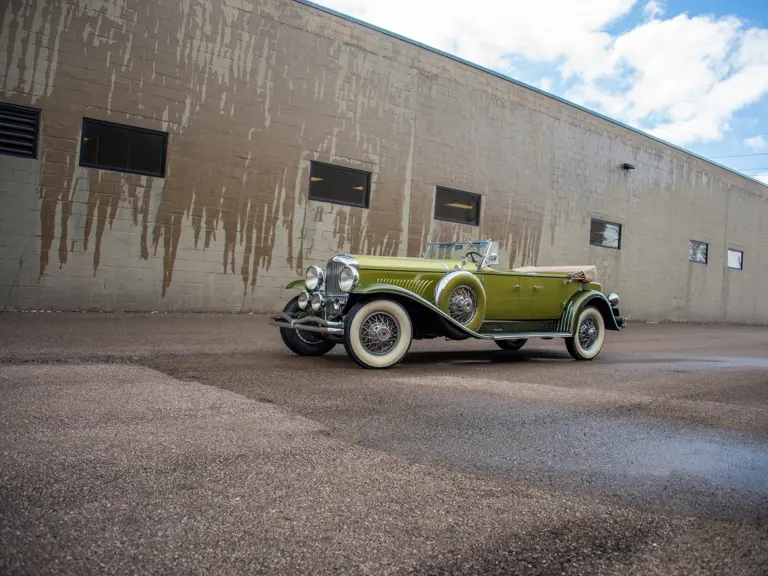
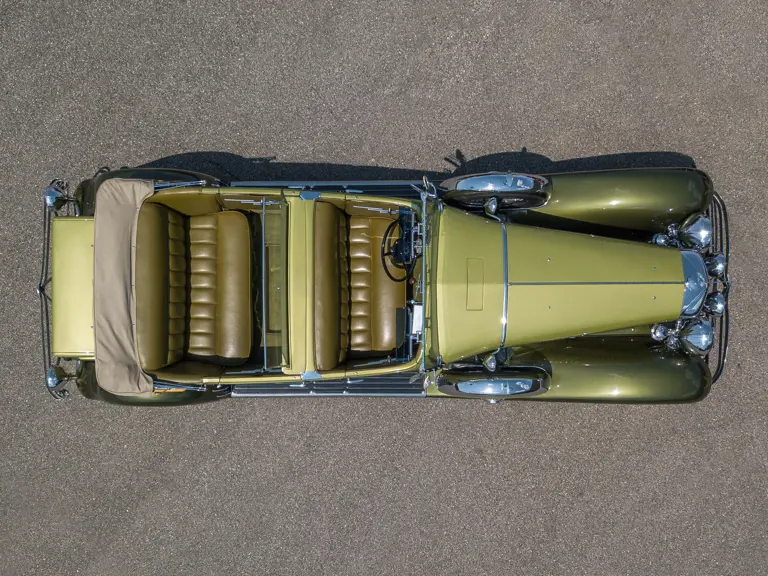

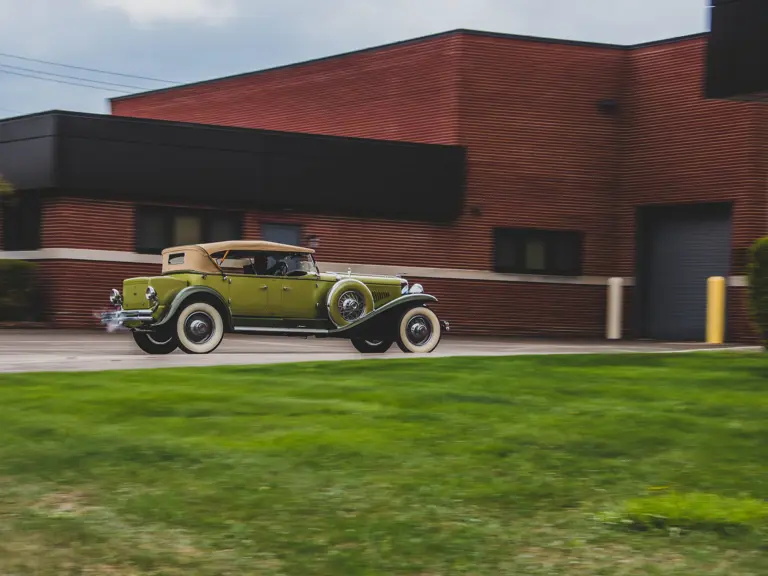
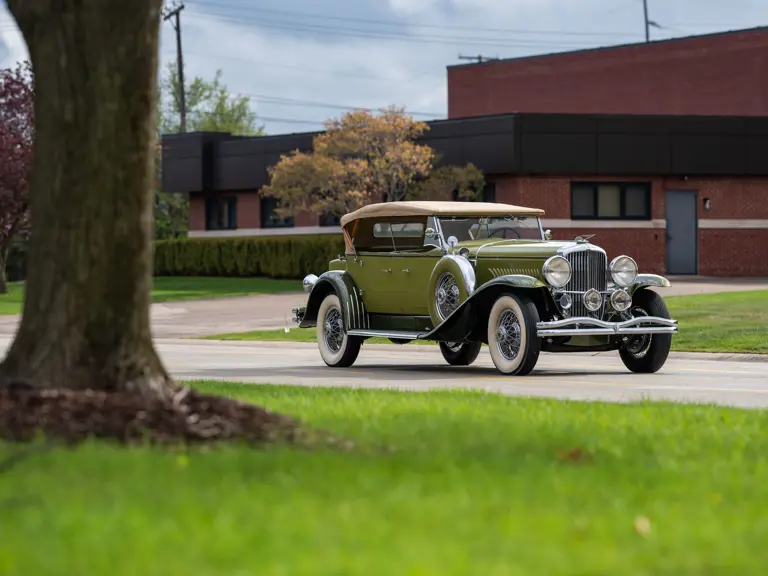

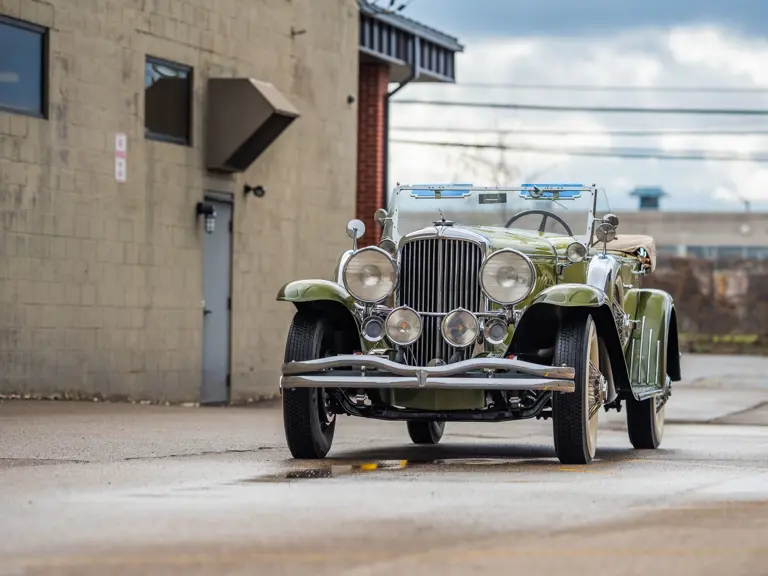
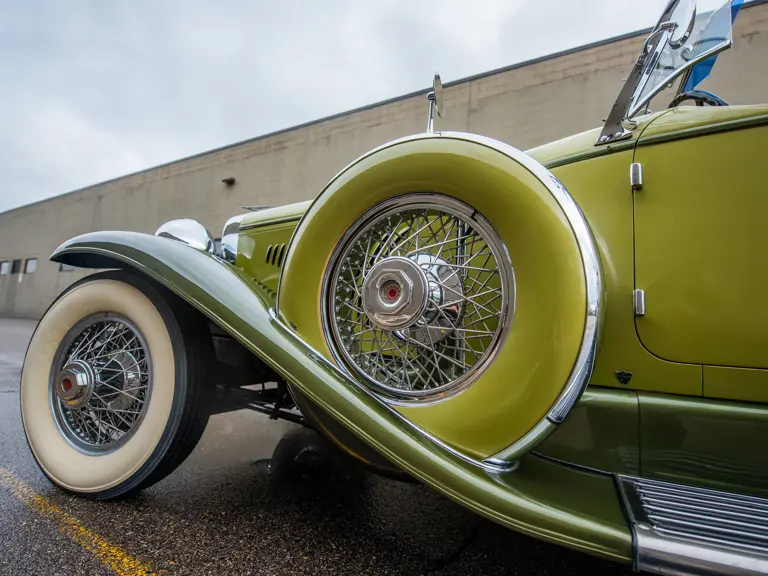


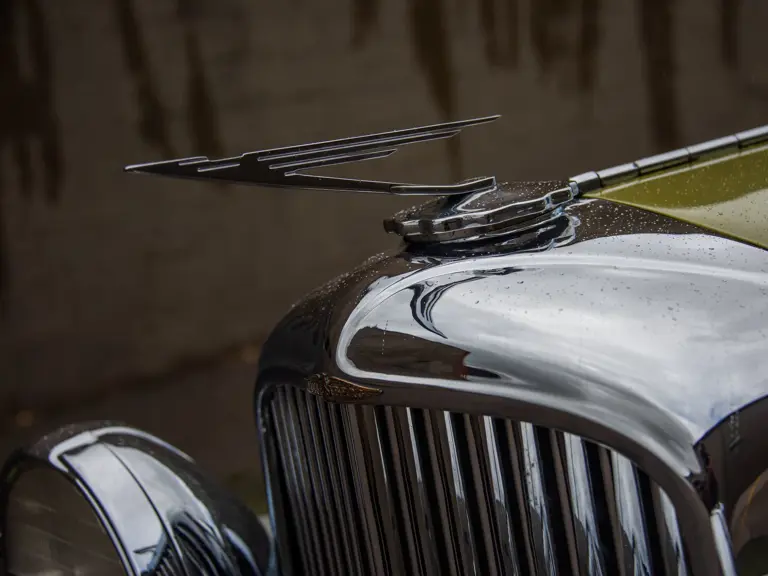
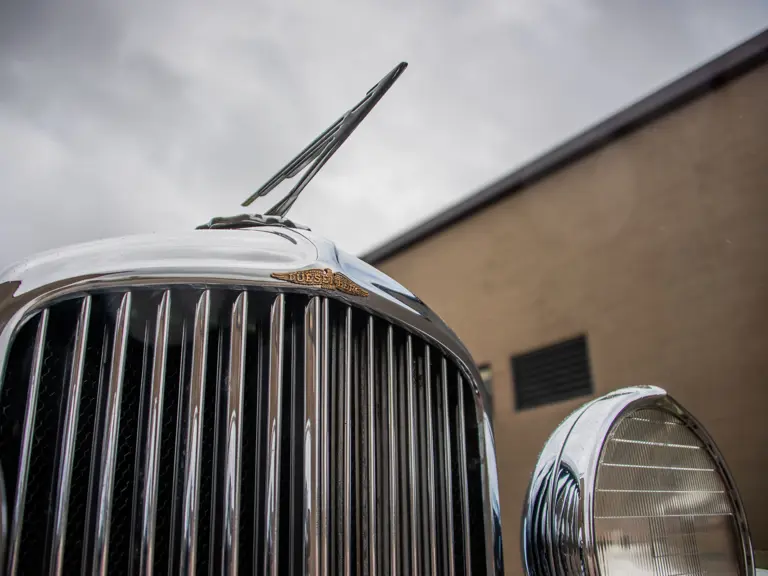

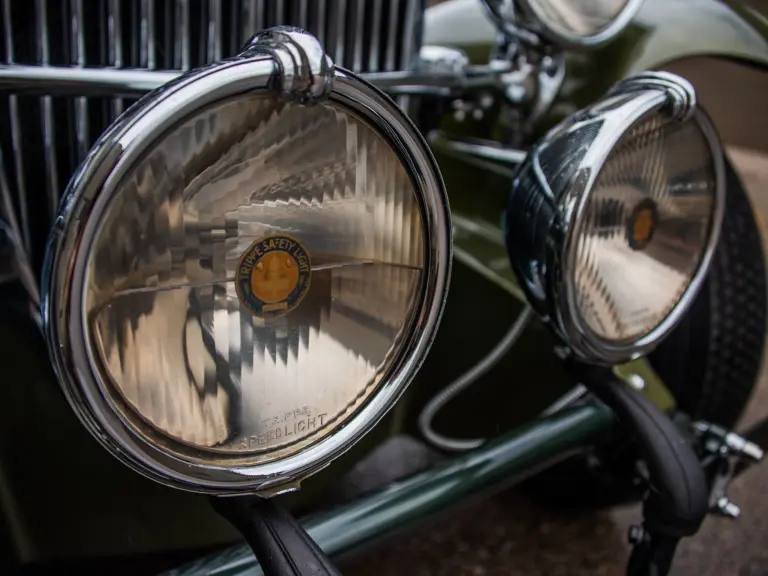
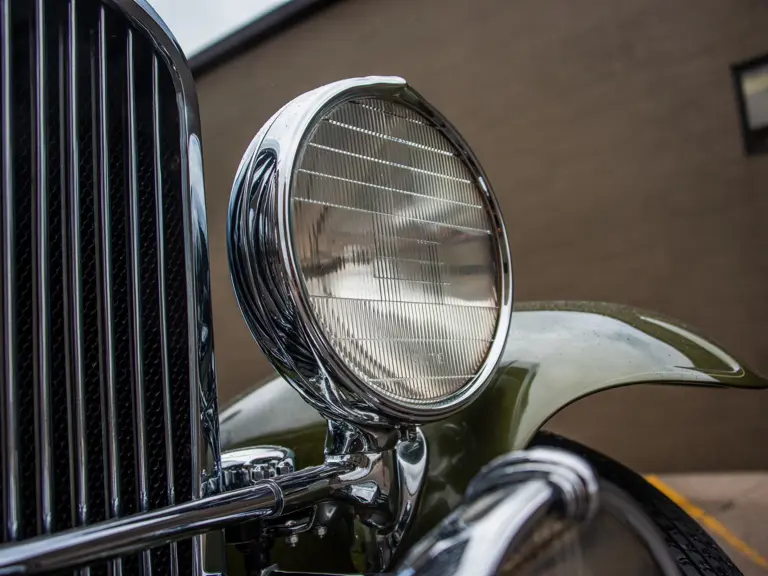
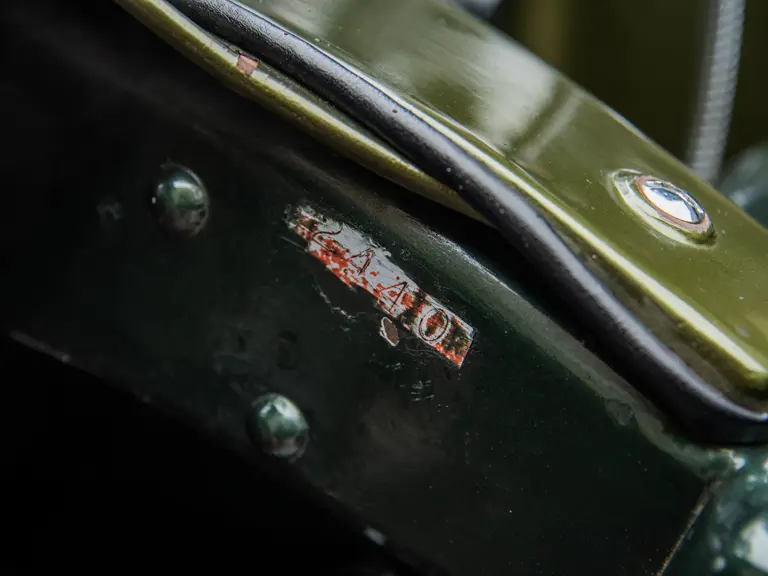
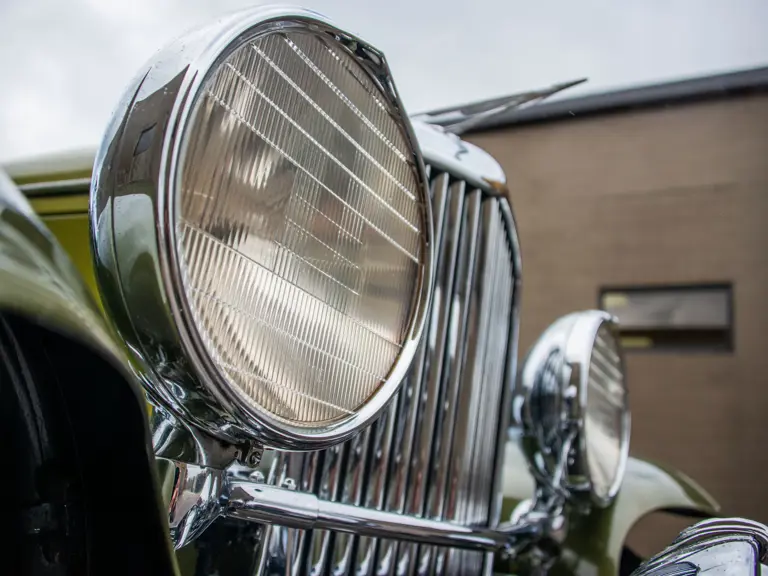

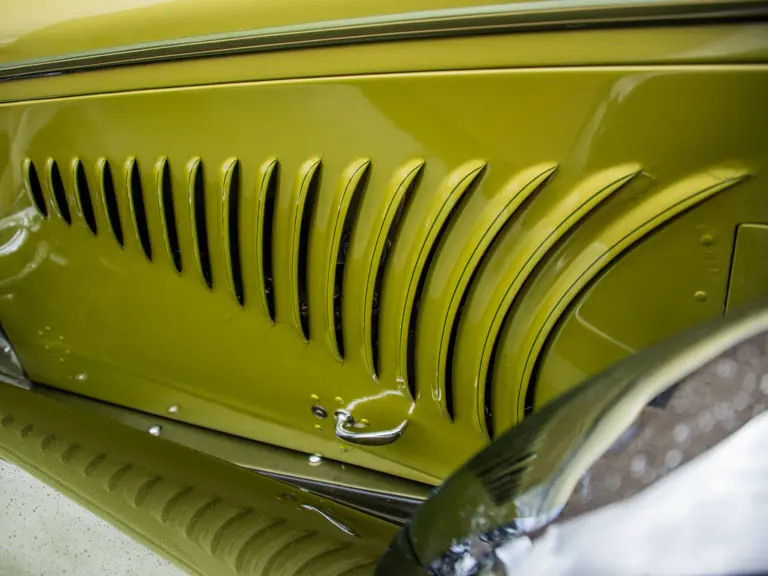
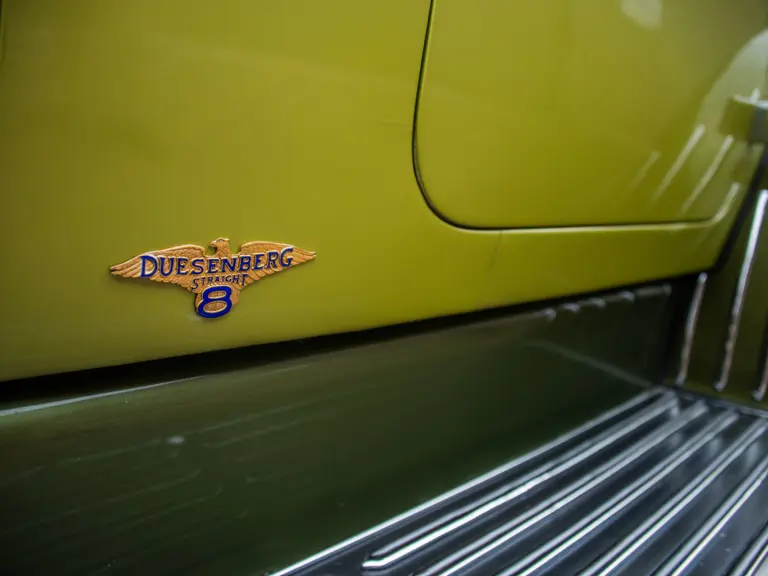
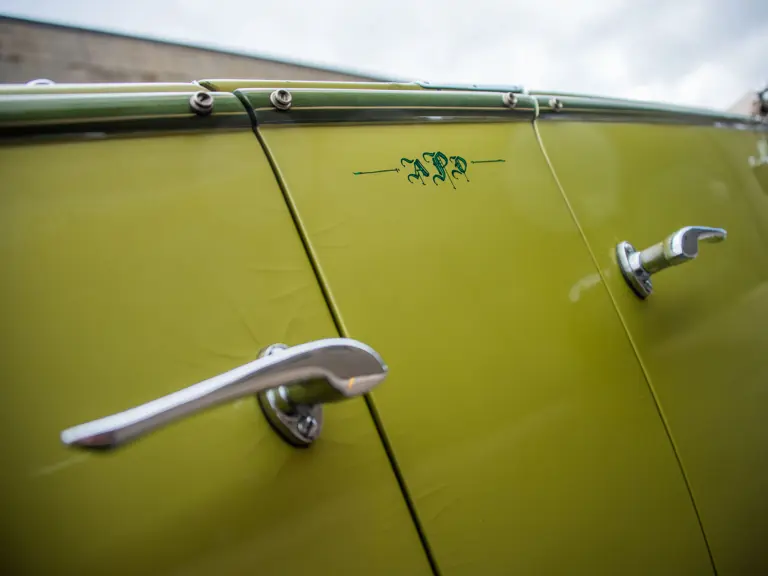
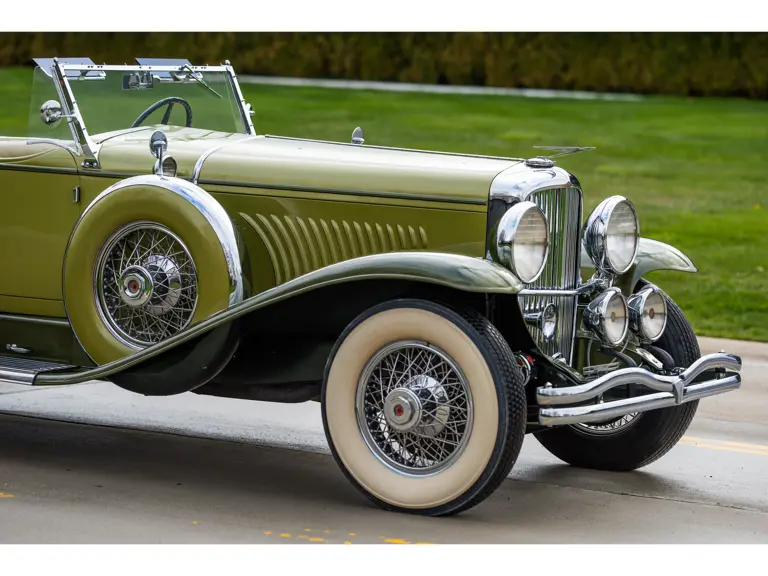


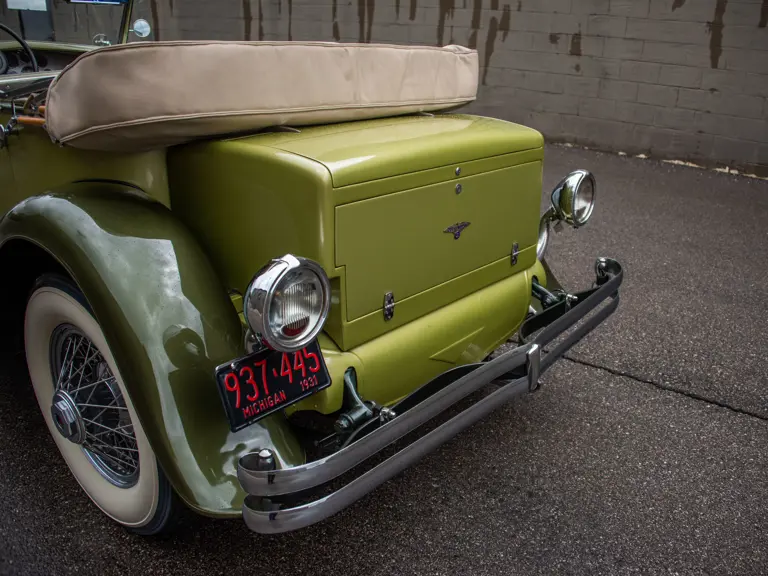

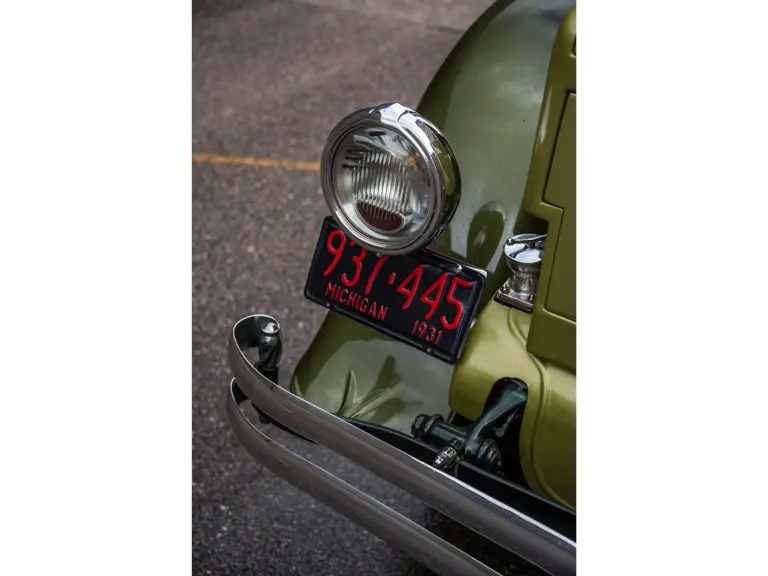
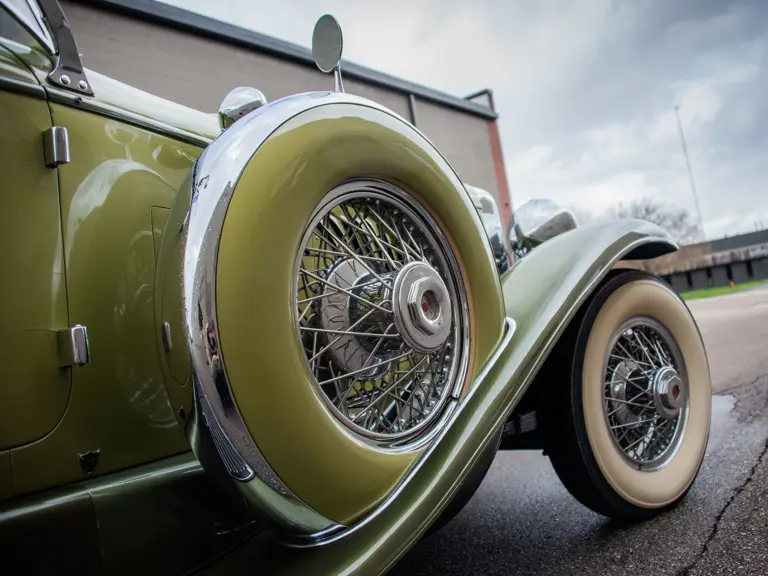
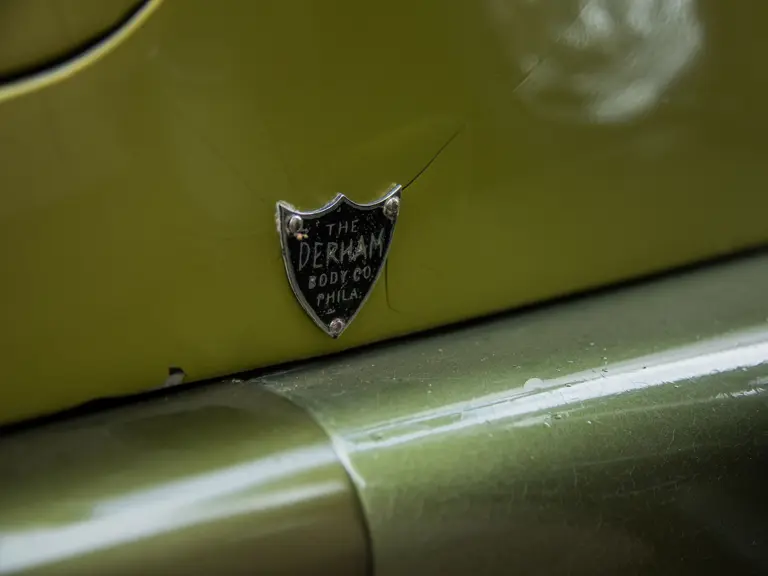


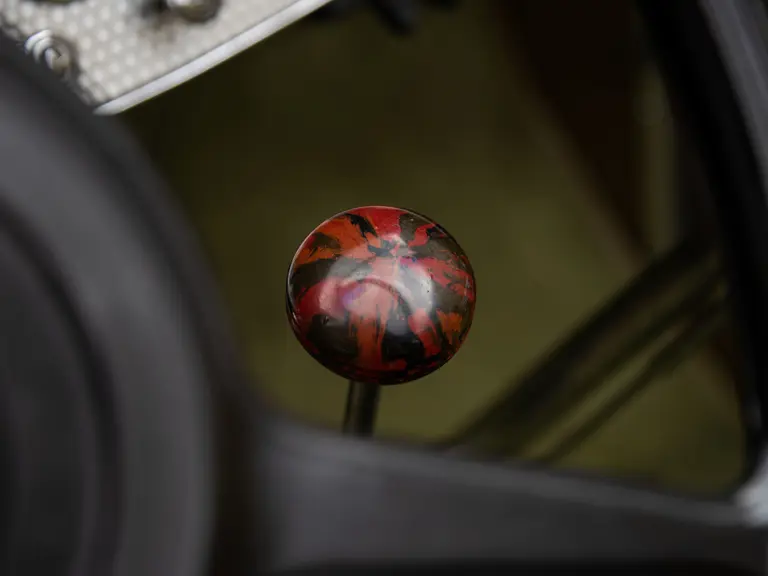

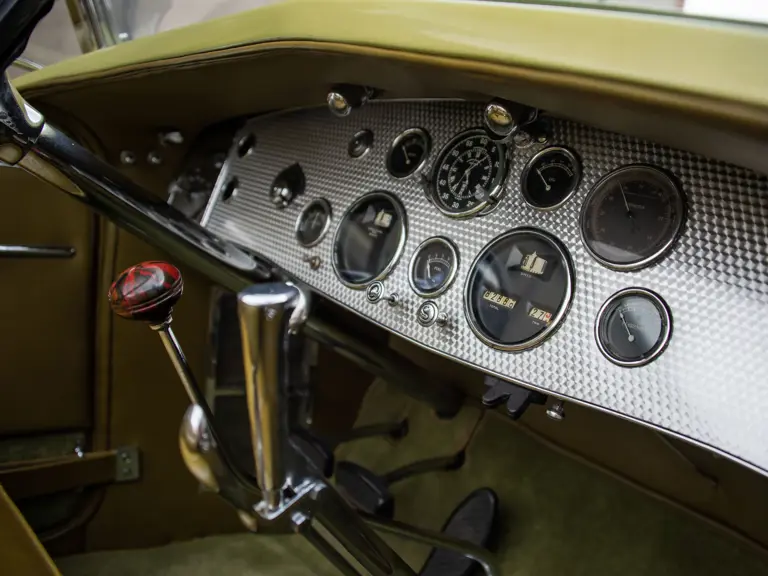
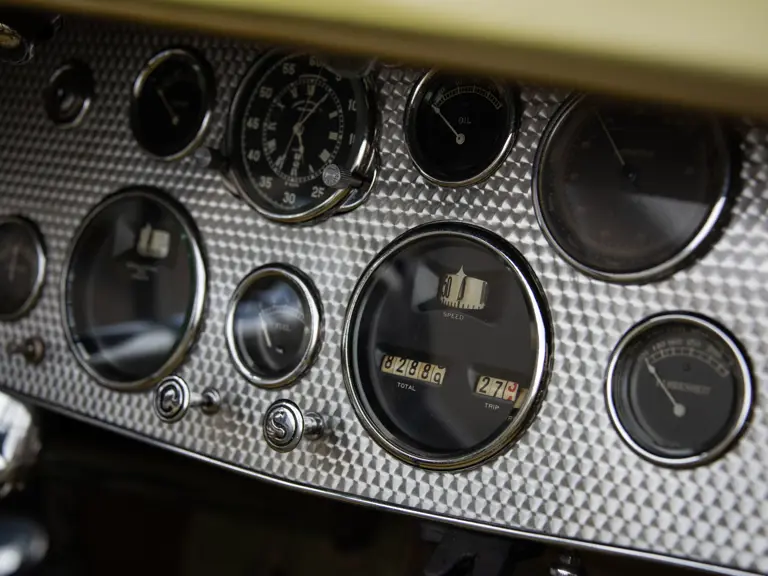
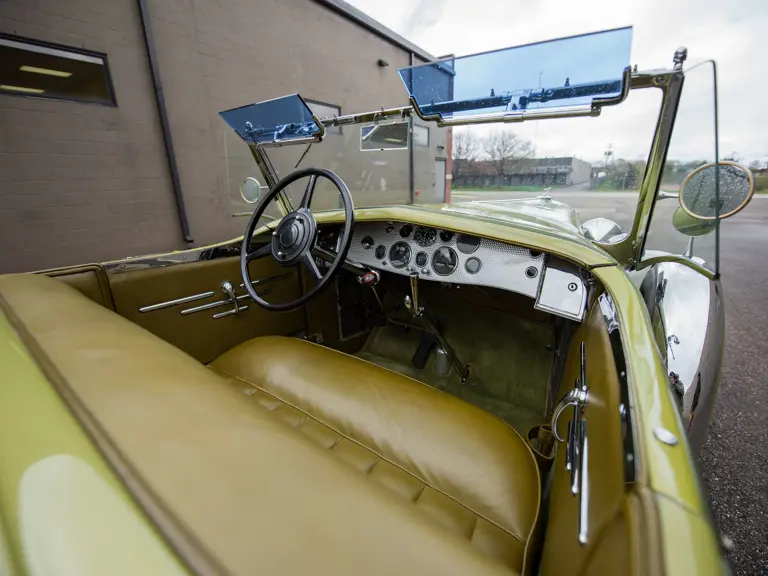

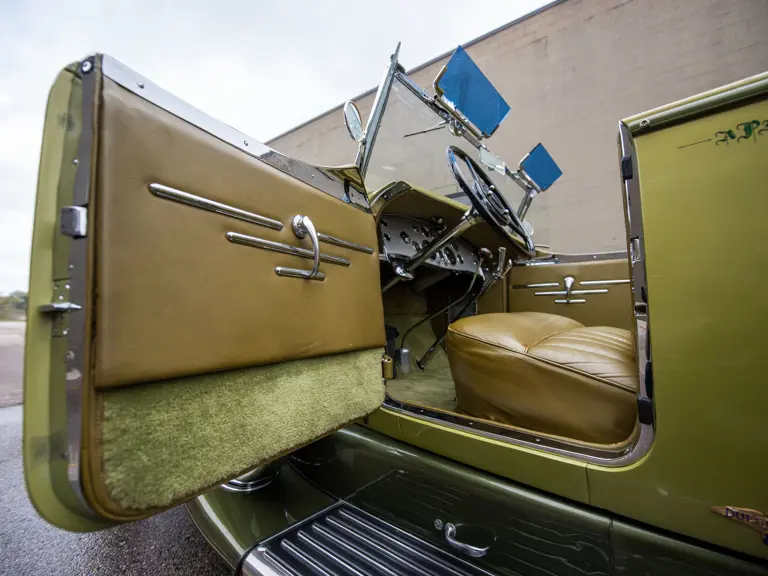
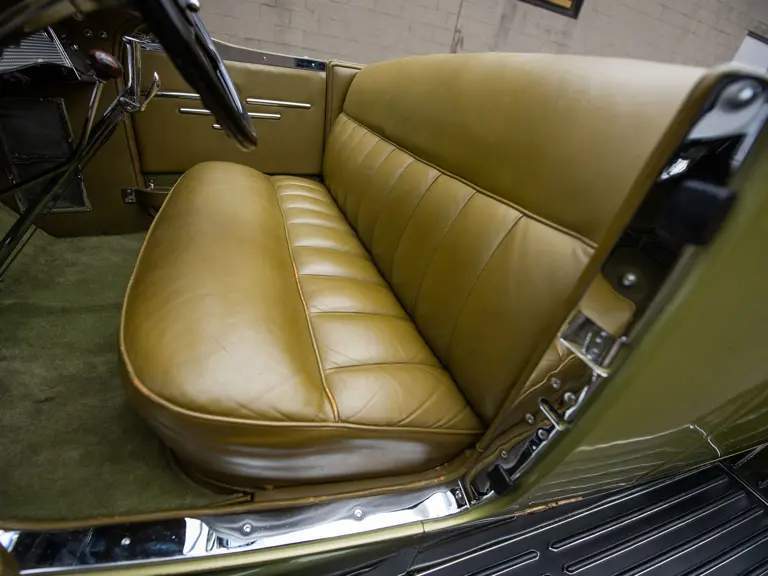
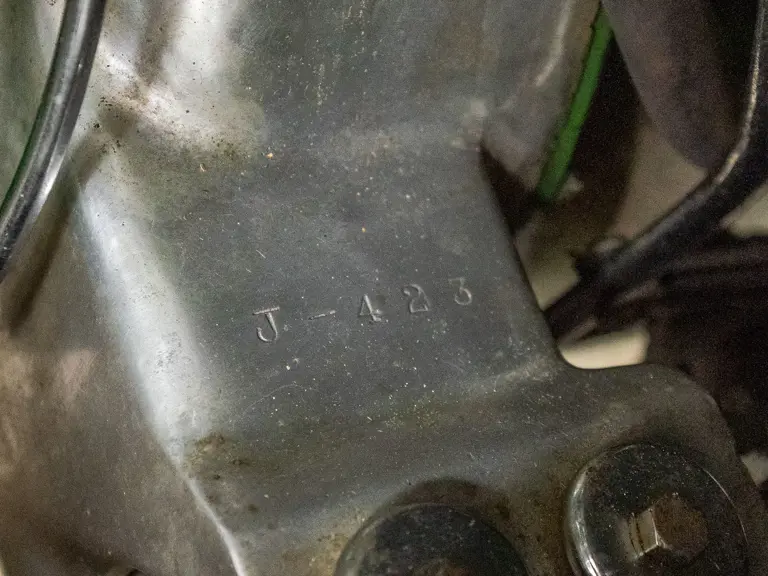

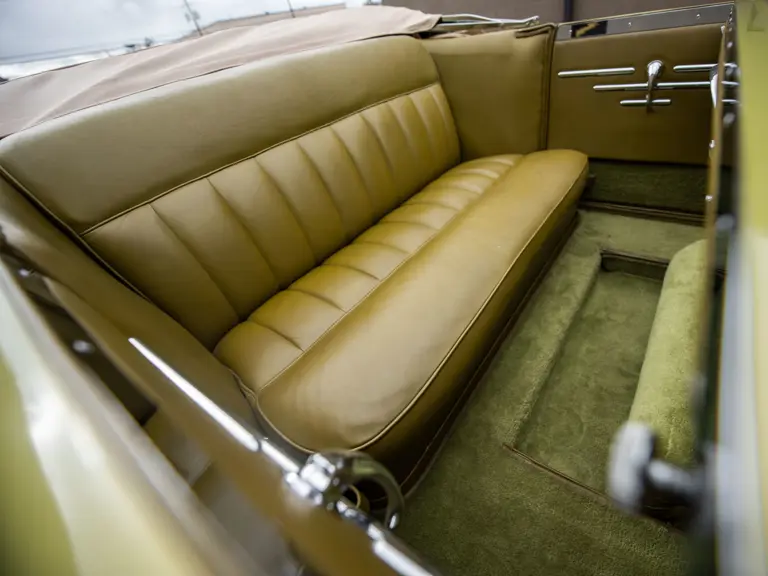
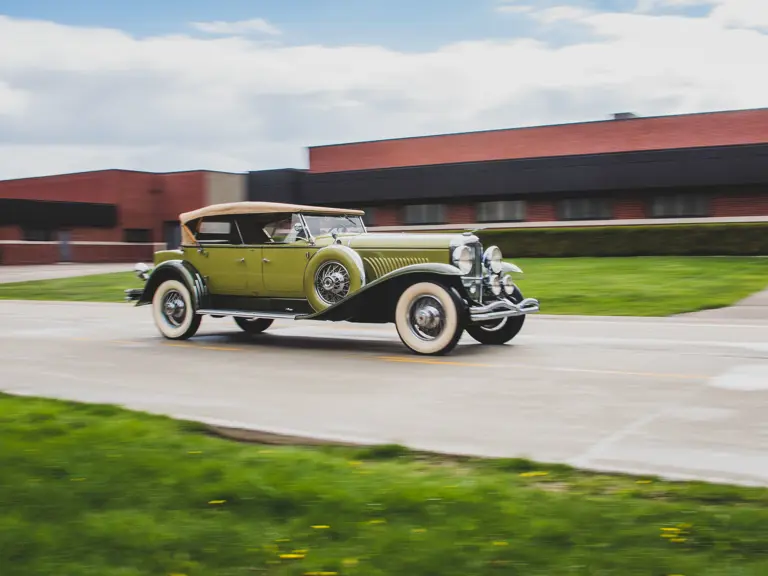


 | Monterey, California
| Monterey, California
